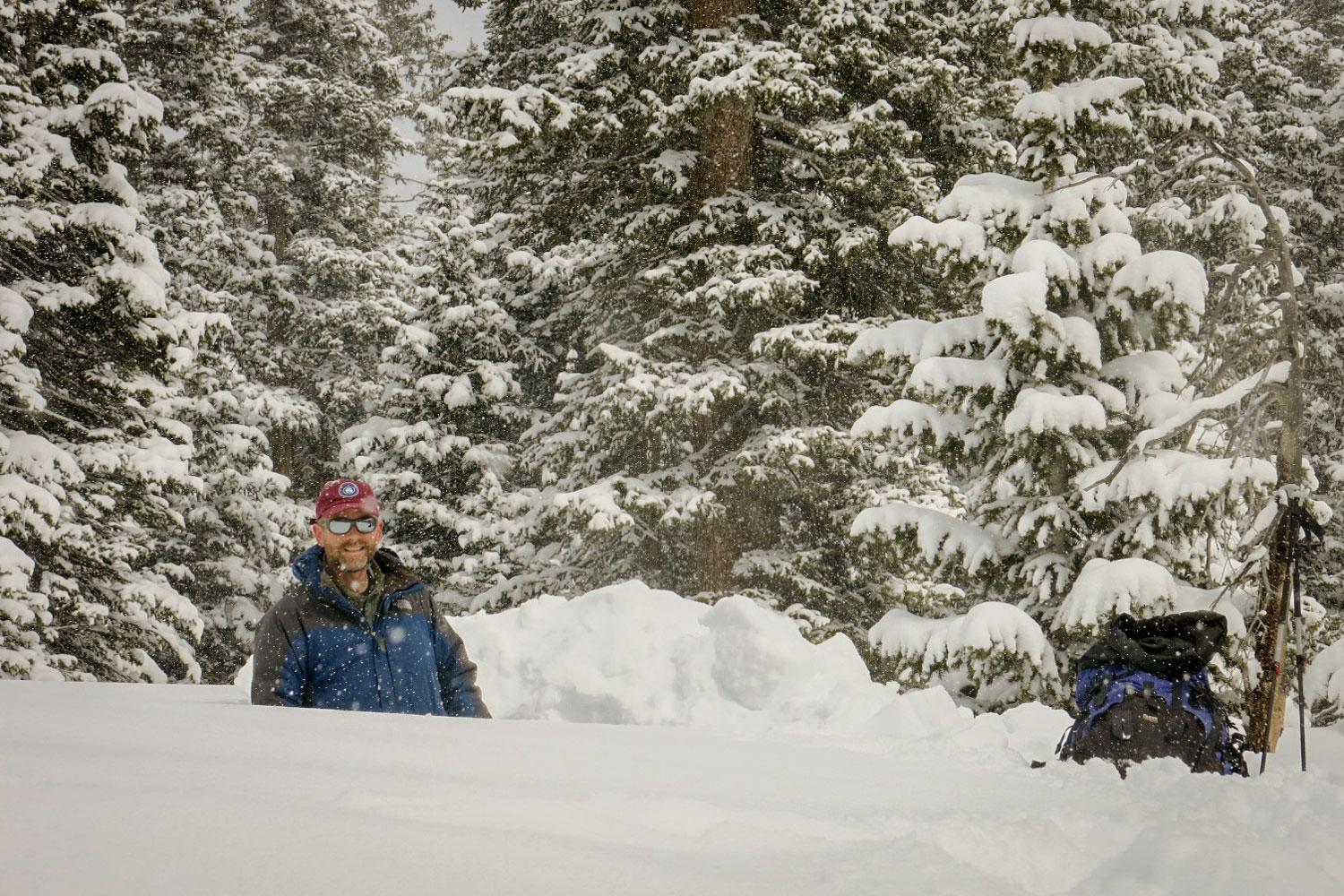
In the next 16-45 years, two-thirds of Western states may have to turn away from snowpack and find new tools to predict drought.
And by the late century, scientists estimate that area will grow to four-fifths of the western United States, according to a new paper in Nature Climate Change.
“When the temperature warms, the phase of the precipitation is likely to change from snow to rain. So less snowpack is something that’s pretty likely,” said lead author Ben Livneh, an assistant professor of civil, environmental and architectural engineering at the University of Colorado Boulder.
Water managers typically rely on artificial dates like April 1 when the snowpack is highest to predict drought. But in the coming decades, they'll have to develop other tools like soil moisture and perhaps even satellite data to make the call.
To come up with his conclusions, Livneh analyzed the output of 28 climate models using statistical tools.
The one bright spot for Colorado is that locations above 10,000 feet of elevation will see snowpack well throughout the 21st century. Compare that to the Pacific Northwest, where water managers there could start seeing significant snowpack decline in the next 15-20 years.
Livneh said he’s hopeful that scientists will expand existing tools for water managers, and develop new ones. For example, satellite data now makes it possible to see mountaintops from space.
“We’re starting to be able to see things from space that we couldn't see before. Seeing the tops of mountains, and places where it’s hard to go out and make an observation, you can see those places from space. And not that much has been explored yet there,” Livneh said. “Maybe this can serve as a call to action.”
Editor's Note: This article was changed to reflect that Livneh analyzed the output of climate models. He did not run the actual models.









